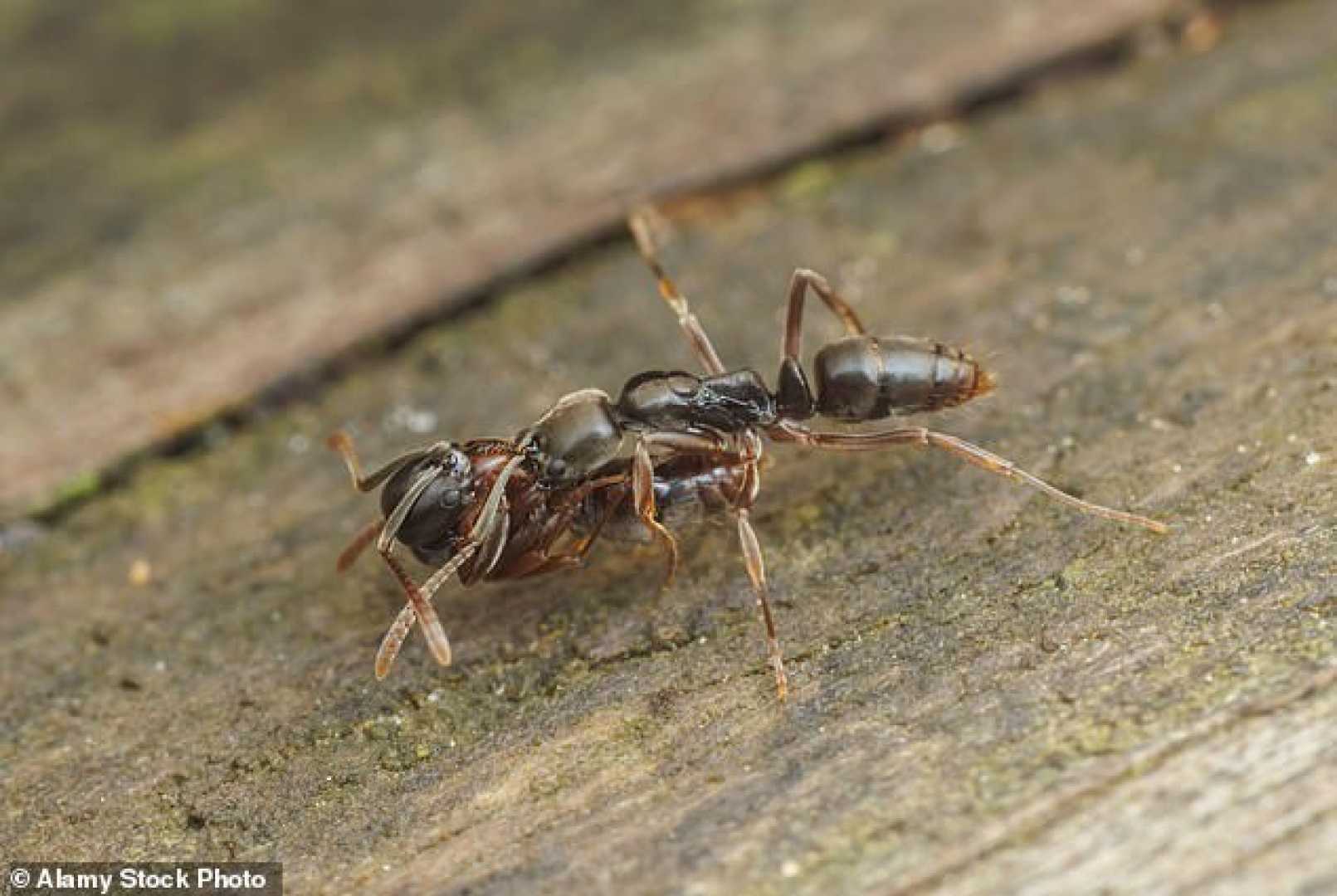News
Invasive Asian Needle Ant Spreading Across Southeastern U.S.

ATHENS, Georgia — The Asian needle ant, an invasive species first spotted in the United States over 90 years ago, is surging through the southeastern region and along the Eastern Seaboard.
This venomous ant poses a heightened risk, especially to individuals with insect sting allergies. Its sting can induce anaphylaxis, a severe allergic reaction that may be life-threatening. Concerns are growing as experts note a recent spike in the ant’s population.
According to the U.S. Department of Agriculture, symptoms of anaphylaxis can range from throat swelling to difficulty breathing, with severe cases leading to death. Dan Suiter, a professor of urban entomology at the University of Georgia, said, “We are now considering it a medically important pest.”
In 2024, Suiter documented three cases in Georgia where individuals experienced anaphylaxis after being stung by the Asian needle ant. The ant has been found in Georgia, the Carolinas, Alabama, and as far north as New York.
The Asian needle ant is remarkably adaptable, thriving in various environments from urban to rural settings. They often nest under doormats and in firewood piles. Unlike many ant species, these ants move erratically rather than in organized lines.
Suiter noted that its behavioral versatility allows the ant to spread into diverse ecosystems. “Because it can tolerate cooler temperatures, it could spread into a broad range of territory,” he explained.
People allergic to other insect stings, like those from hornets or bees, are advised to consult their doctors about carrying an EpiPen as a precaution against ant stings. It remains difficult to predict who will react severely to an Asian needle ant sting.
The rising population of the Asian needle ant serves as a reminder of the need for awareness and preparedness in handling encounters with potentially dangerous invasive species.












